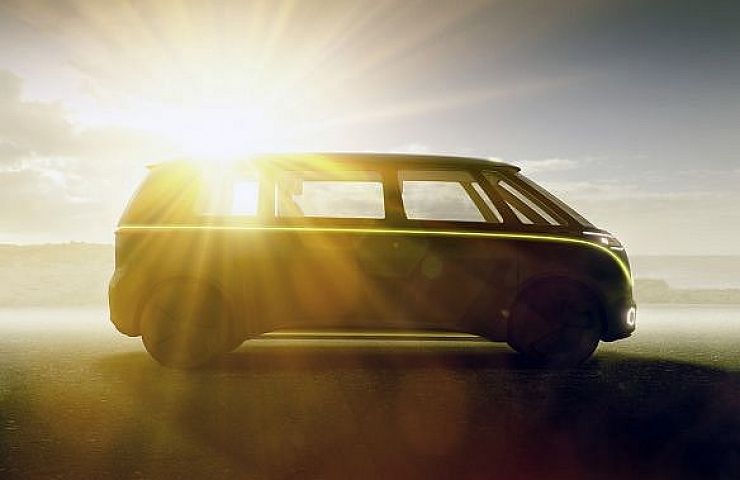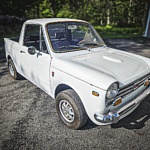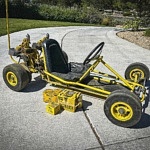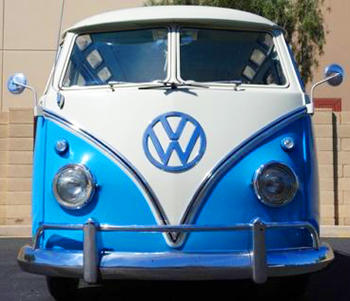
1962 Volkswagen Microbus
Volkswagen last week rolled out the fourth retro concept vehicle based on its classic Microbus. The concept was unveiled at the 2017 North American International Auto Show in Detroit, which runs through Sunday. Despite a growing chorus of enthusiasts urging the company to build a production version, the company has resisted—saying that consumers are more interested in buying SUVs than minivans. But the Microbus isn’t just another minivan: With its tough-as-boots attitude, widely available parts and accessories (mostly the same as the Beetle), and delightfully boxy styling, it’s a cultural icon.
Vintage Volkswagen vans have never been more popular, as made plain by the healthy prices these once-common workhorses are fetching. Especially popular are the early Microbuses, which came in a wide variety of styles—including pickup truck and camper. The hippie image—the VW logo on the nose was sometimes turned into a peace sign—doesn’t seem to hurt their value. Here’s a 1968 two-tone example with some work still left to do that just sold for $30,000.
Concept After Concept
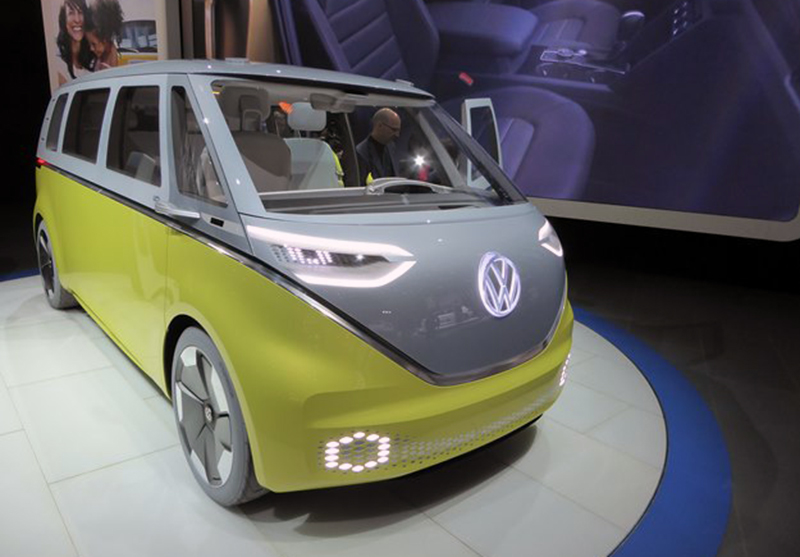
The I.D. Buzz, as shown in Detroit, would be a fast, capable EV, with 270 miles of range. (Jim Motavalli photo)
The new Microbus concept revealed in Detroit is called the I.D. Buzz, and like previous concepts, this one is a battery electric. The Buzz has zero-emission range of 270 miles, and not one but two electric motors, one on each axle, producing not only all-wheel drive but 368 horsepower. The I.D. Buzz can reach 60 miles per hour in just five seconds, and tops out at 99 mph.
Wireless charging (with fast charging to 80 percent capacity taking 30 minutes) and “I.D. Pilot” autonomous driving bring the I.D. Buzz up to date. When the car is driving itself, both front seats can be turned around to face a small conference table. Nifty.
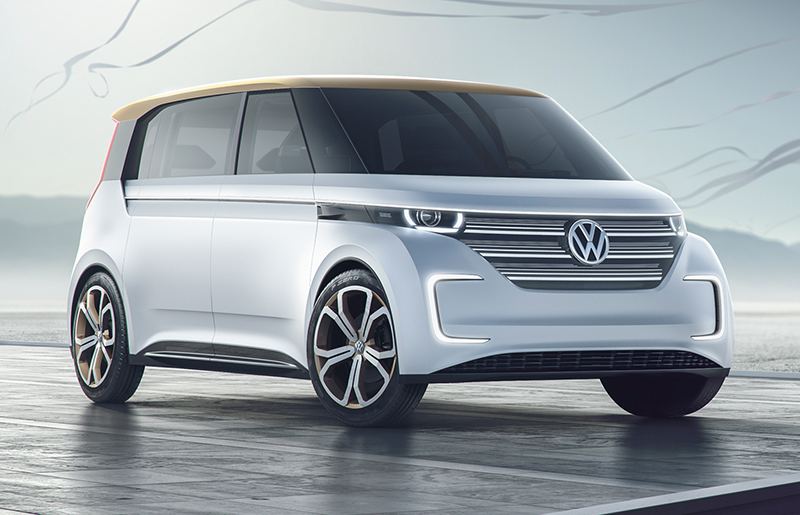
The BUDD-e was unveiled at CES, so it has lots of electronic gadgets.
Last year, at the Consumer Electronics Show in 2016, VW brought out the BUDD-e Concept, quite a bit like the I.D. Buzz, but with a 101-kilowatt-hour battery and maybe 230 miles of range. It got a big 12.3-inch infotainment screen, with gesture controls. It seemed like it could go into production, since the concept was built on a broad VW platform. Nope.
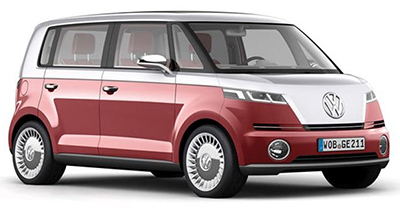
Fans speculated that the Bulli, from 2011, would go into production by 2015.
Go back to the 2011 Geneva Motor Show and you’ll discover the lovely Bulli concept, also with battery power. It was well received, and posts appeared on the Internet proclaiming that a production version would roll out in 2015. Alas, that time VW said that Americans don’t want vans with only two rows of seats. Surely an extra-cost long-wheelbase model would have been possible?
The Bulli, like the Buzz, cleverly adapts the Microbus’ timeless styling in a modern package. Either one could presumably mine the same deep vein of nostalgia that sold the original New Beetle (introduced in 1998). The Bulli looked ready for production, either as an EV or with conventional gas or diesel power. It offered 57 cubic feet of storage with the rear seats folded flat, and it was ahead of its time by turning the owner’s slide-in iPad into a media center controlling a Fender sound system.
The Bulli was an extension of the cool Microbus concept VW introduced an eternity ago—at the Detroit show in 2001. There was a huge “wow” factor for that one, because it was commonly believed that the van was then headed for showrooms around the world. Car and Driver wrote, “VW is riding a wave of success lately, and don’t be surprised if they try to break into the van market in the next couple of years with something resembling this concept.”
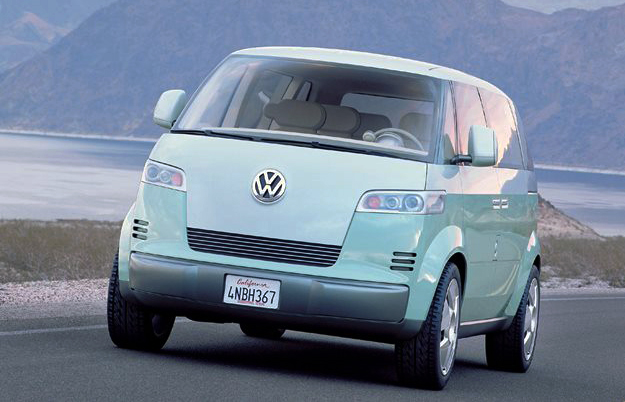
The first Microbus concept, circa 2001, was doomed when VW adapted a Chrysler minivan for its Routan model.
This 2001 Microbus was larger than the original, about the size of the then-current EuroVan. The cheap-and-cheerful production Microbus was pretty basic, with lots of painted metal and plastic, but the concept sported motorized doors on both sides, Xenon headlights, swiveling seats, a ceiling-mounted liquid-crystal display screen, and even a backup camera. That Microbus could have been a hit more than a decade ago, but also didn’t amount to anything.
VW has some challenges in 2017, so it’s not surprising it chose to drum up excitement with yet another concept van that looks forward and backward at the same time. But for the buzz to pay off, the company should—finally, please—put the vehicle into production for an eager new generation of enthusiasts.

